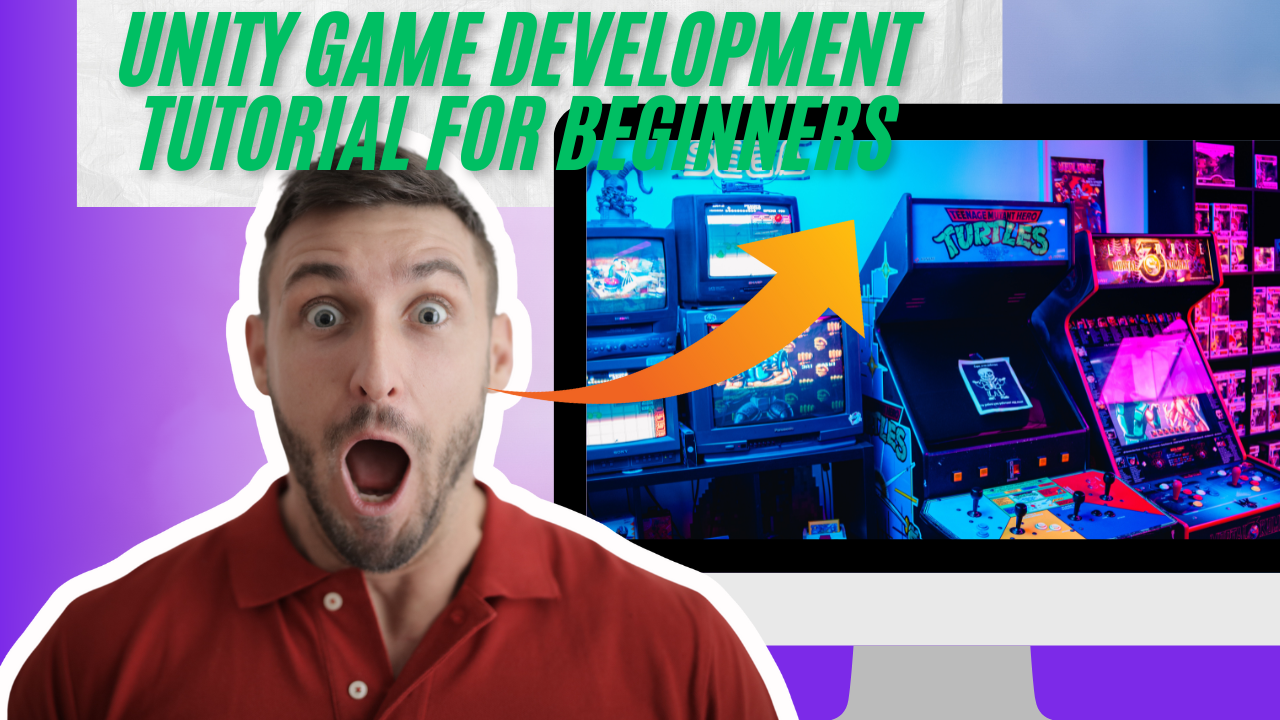Start Creating Today: 7 Steps to Make Unity Game Development Stupid Easy
So you wanna build a game, huh? Good news: it’s 2025 and honestly, it’s never been easier to get started. Unity’s basically the Swiss Army knife for game devs these days, and whether you’re just curious or plotting your indie masterpiece, “Unity game development made easy” isn’t just some marketing fluff—it’s legit.
I’m gonna walk you through what you actually need to do to get rolling. No fluff, no nonsense. You’ll even get some tips on how to make your game pop on Google and Pinterest, because hey, what’s the point of making a game if nobody plays it?
Table of Contents
- Why Bother with Unity?
- 7 Steps to Make Unity Game Development Easy (Like, Actually)
- How to Get Your Game Noticed (SEO for Devs Who Hate Marketing)
- Pro Tips for Promoting Your Masterpiece
- Finishing Thoughts & Where to Bug Me with Questions
Why Bother with Unity?
Look, Unity’s everywhere for a reason. It’s stupidly approachable, even if you’ve never coded a day in your life. Visual scripting? Check. Massive tutorial library? Yup. Works for mobile, PC, web—pretty much whatever you can think of. Plus, a ton of it is free, and the community’s huge. You’ll never be alone in the internet void.
7 Steps to Unity Game Development Made Easy
Ready to stop talking and start building? Here’s the real deal:
Step 1: Install Unity
First, grab Unity Hub (that’s your command center). Go for the free version—no need to whip out your wallet yet. Pick the latest stable version (2025.x, if you’re reading this in the future). Make sure your computer isn’t a potato.
Step 2: Mess Around with the Interface
Seriously, just click stuff. The Scene, Game view, Hierarchy, Inspector—poke around until it makes sense. Don’t be afraid to break things. If you get lost, hit up Unity Learn. The tutorials there are solid and actually not boring.

Step 3: Visual Scripting is Your Friend
Not a coder? No stress. Unity’s Visual Scripting (aka Bolt) means you can make stuff happen by connecting boxes instead of writing lines of code. It’s like building with Legos, but without stepping on any.
Step 4: Steal—uh, Borrow—from the Asset Store
Why build everything from scratch? There’s a boatload of free (and paid) stuff on the Asset Store: 3D models, sounds, scripts, you name it. Save yourself some pain and grab what you need.
Step 5: Actually Build Something
Don’t overthink it. Start with something dumb simple, like a “Roll-a-Ball” or a basic platformer. Unity’s got templates, so just pick one and run. Worry about making the next Elden Ring later.
Step 6: Test, Break, Fix, Repeat
Nothing ever works the first time. Play your game, find the bugs, smash them. Use the Inspector to tweak stuff. The Profiler tool’s handy if your game starts chugging.
Step 7: Put It Out There
Ready to show off? Unity makes it easy to build for PC, web, mobile—whatever. Drop your game on Itch.io or Steam and let the world judge you.
How to Actually Get People to See Your Game (SEO, Baby)
Don’t just launch and pray. You gotta play the SEO game if you want eyeballs. Use tools like Google Keyword Planner or Ahrefs to hunt down what people are actually searching for. On Pinterest, go wild with visuals: “Unity game dev tips,” “How I made my first Unity game,” etc.
Tips for Promoting Your Unity Game
- Make a killer trailer (seriously, don’t skimp).
- Post devlogs—even if you think nobody cares. Somebody will.
- Share screenshots, GIFs, memes—whatever gets attention.
- Engage with other devs. Don’t just scream into the void.
Wrapping Up
So, yeah. “Unity game development made easy” isn’t just clickbait—it’s a vibe. Mess around, break stuff, learn as you go. And if you’re stuck or just wanna brag about your first game, hit me up. Let’s make some cool stuff.
You want contact info? Just drop a comment or DM—this isn’t LinkedIn, you know?
